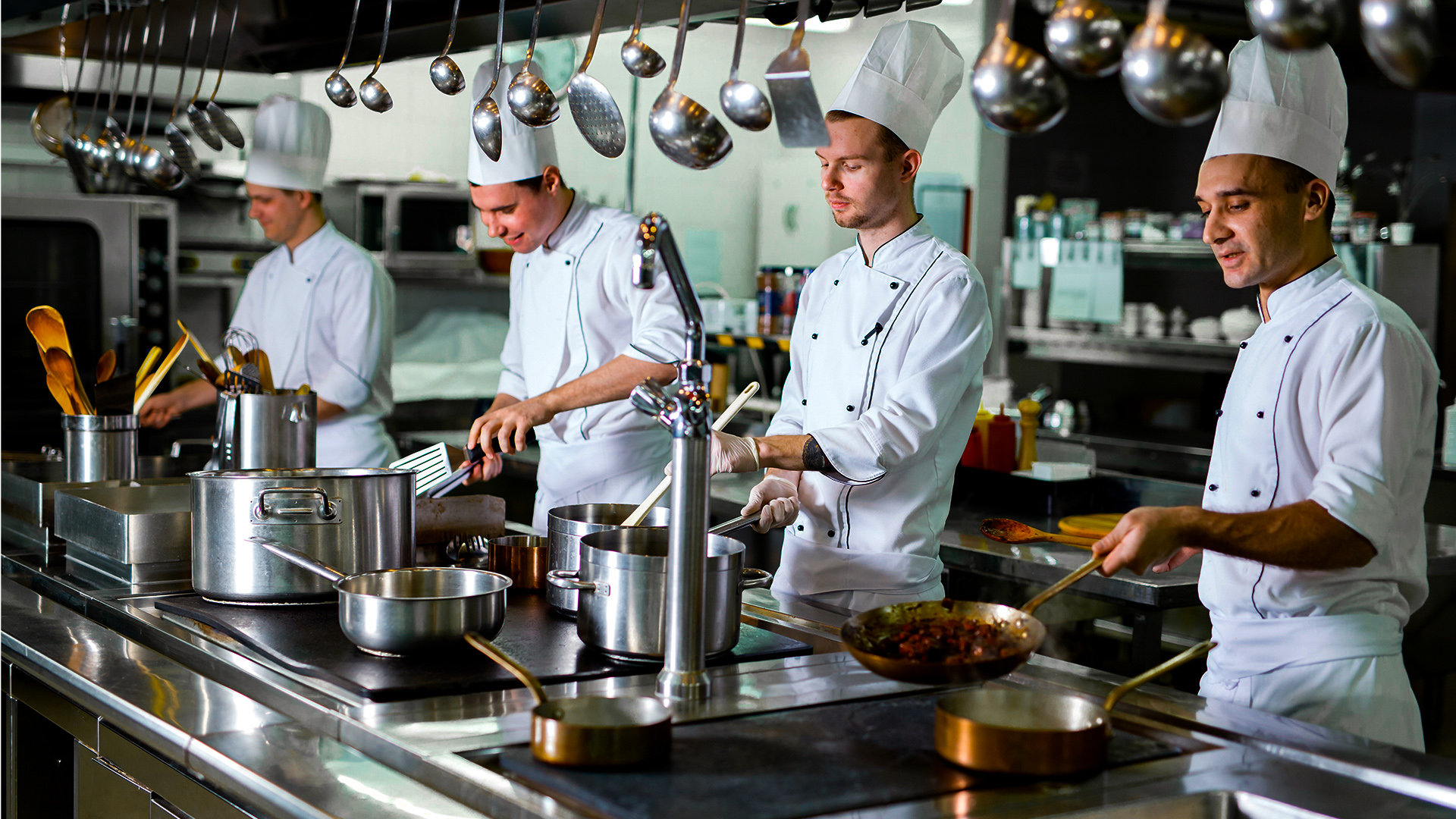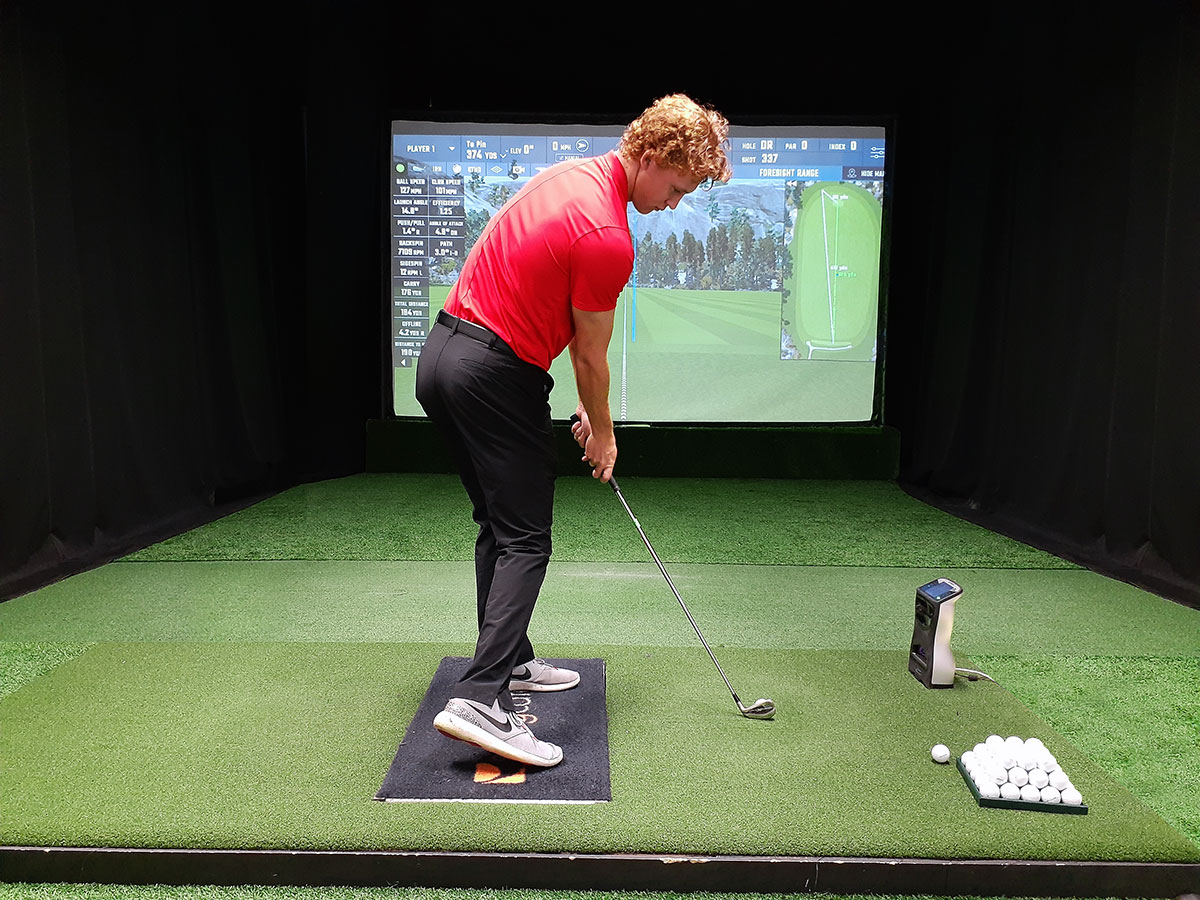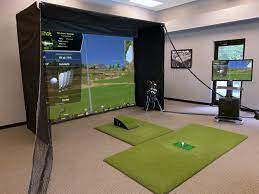The fast-paced world of the food and beverage sector has seen the emergence of a new player, Cloud Kitchens, which is revolutionizing how we enjoy the pleasures of the culinary world. FreshLane, a prominent cloud kitchen platform with its headquarters in Hong Kong, is one of the individuals who are leading the way in this creative industry.
The Concept
The Cloud kitchens, also known as virtual kitchens or ghost kitchens, are a cutting-edge concept that redefines the traditional restaurant model. Unlike conventional dine-in establishments, it operates solely in the digital realm, relying on online orders and food delivery services to reach their customers. This model eliminates the need for a physical storefront, allowing businesses to focus on their core competency – crafting delicious dishes.
FreshLane: Redefining Culinary Excellence
FreshLane stands out in the cloud kitchen landscape with its commitment to quality ingredients, diverse cuisine options, and a seamless online ordering experience. The platform collaborates with a curated selection of top-notch chefs, bringing their culinary expertise to the virtual kitchen space. From Asian-inspired delights to Western comfort food, it caters to a wide range of tastes, making it a choice for food enthusiasts in Hong Kong.

The Convenience Quotient
One of the primary appeals of it is the unparalleled convenience it offers. With just a few clicks, customers can explore a plethora of culinary options, place their orders, and have their favourite dishes delivered to their doorstep. This level of convenience has become especially crucial in today’s busy world, where time is of the essence, and people crave efficient solutions that don’t compromise on taste.
Embracing the Digital Dining Experience
The digital shift in the food industry has been accelerated by the rise of it. FreshLane’s user-friendly website allows customers to effortlessly navigate through their diverse menu, explore new flavours, and customize orders according to their preferences. The integration of technology not only streamlines the ordering process but also enhances the overall dining experience for patrons.
Meeting the Challenges Head-On
While it has revolutionized the food industry, they are not without challenges. FreshLane, however, has demonstrated resilience in navigating these hurdles. From ensuring timely deliveries to maintaining the quality of food during transportation, the platform has adopted innovative solutions to address the unique challenges posed by the virtual kitchen model.
The Future of Dining
As it continues to gain popularity, it’s evident that they are here to stay. FreshLane’s success story exemplifies the potential of this model in meeting the evolving demands of modern consumers. The convenience, variety, and efficiency offered by cloud kitchens are reshaping the way we perceive dining, marking a paradigm shift in the Food & Beverage industry.
In conclusion, the rise of cloud kitchen, exemplified by platforms like the Fresh Lane, is a testament to the industry’s adaptability and innovation. As we embrace the digital age, the marriage of culinary excellence and technological convenience promises a delectable future for food enthusiasts in Hong Kong and beyond.

